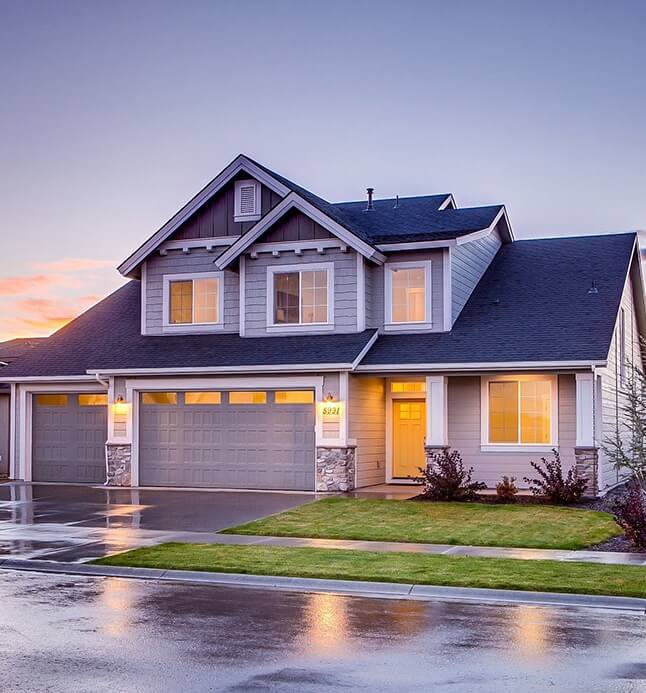
12 Major Cities Millennials are Flocking To
The millennial generation is entering the housing market in ever-growing numbers, and some of the cities they’re choosing to move to might not be what you’d expect. Big cities like New York and Los Angeles have long been considered the places where young people go to make a start of their independent lives in a place full of culture and opportunity, but skyrocketing costs of living, uncertain job markets, and millennials’ social and economic values have led to more and more of them choosing cities a little off the beaten path.
According to reports from mortgage, finance, and real estate companies, the following twelve cities are among the top choices by millennials looking to buy a home.
Aberdeen, South Dakota
While overall trends show millennials leaving the Midwest, there are a few cities like Aberdeen where the low cost of living and job opportunities in the agricultural industry are drawing young, first-time home buyers, who make up 56% of total home buyers.
Athens, Ohio
Millennials make up 59% of home buyers in this city, home to Ohio State University. The low average home price ($189,000) is a major contributing factor.
Austin, Texas
With a rich live music and arts scene, Austin has long held appeal for millennials, whose population has grown by 6.6% over the last five years. This affordable city with abundant social and cultural opportunities also has tech companies that make it an attractive option for millennials seeking good jobs.
Charlotte, North Carolina
One of the cities with the largest net increase in millennials, up more than 11,000 in 2015, Charlotte is the largest city in North Carolina. Its healthy business climate is a significant contributor to recent growth.
Fargo, North Dakota
The hit movie and TV series may be what put Fargo on the map for many people, but millennial home buyers are finding it to be a good place to find affordable housing and plenty of job opportunities. The millennial population in Fargo jumped up by 5,000 in 2015.
Fort Collins, Colorado
Colorado is proving to be a popular state for millennials, and Fort Collins edged out Denver as the city they’re flocking to in the greatest numbers. A strong economy with unemployment around 2.9%, and an abundant housing inventory up 8.9% between 2014 and 2015, are the two main reasons why Fort Collins gained over 4,300 millennials in 2015.
Memphis, Tennessee
The music and culture of Memphis are a big draw for creative-minded millennials, whose total population shot up 9.5% between 2010 and 2015. The city’s low cost of living and economic opportunities also offer more practical reasons to stay and plant roots.
New Orleans, Louisiana
The Big Easy’s recovery from Hurricane Katrina keeps going strong, with the millennial population growing by nearly 10% in the last five years of recorded data.
Norfolk, Virginia
The chance to work for the U.S. Department of Defense and related industries is a primary driver of the large increase in Norfolk’s millennial population in recent years. Developments in the city’s amenities, infrastructure, and transportation have helped to keep them there, with Norfolk accounting for 38% of the total millennial population in Virginia.
Oakland, California
The Bay Area may be the best place to land the most desirable jobs in the tech industry, but the high cost of housing can pose a challenge for millennials seeking to move there. Still, almost 9,000 millennials chose Oakland as a more affordable option when compared to nearby counties within California, such as the easily commutable San Francisco.
Pittsburgh, Pennsylvania
Like Austin, Pittsburgh’s millennial population grew 6.6% between 2010 and 2015, spurred on by a thriving social scene, a booming job market driven by traditional industries and high tech innovation, and reasonably priced housing.
Seattle, Washington
The most-favored West Coast city for millennials, Seattle’s culture and job market brought in a net increase of 10,000 millennial home buyers in 2015.

























































































